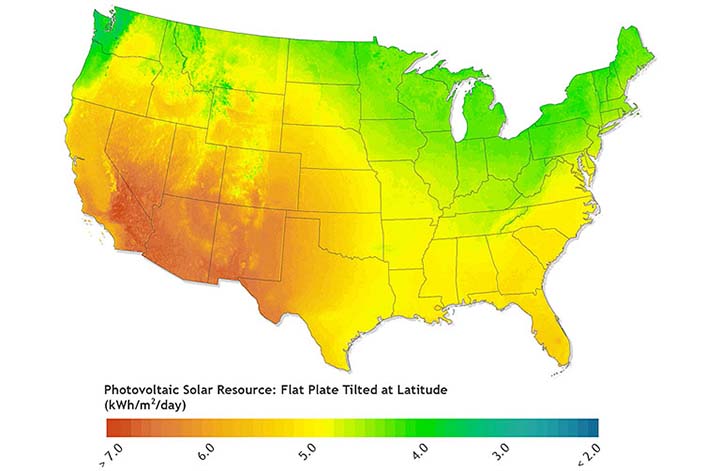About the Distributed Generation Market Demand Model
NLR developed the Distributed Generation Market Demand (dGen™) model to analyze the key factors that will affect future market demand for distributed solar, wind, storage, geothermal, and other distributed energy resource (DER) technologies in the United States within a single modeling platform.
The dGen model is one of the premier national customer adoption models available. It distinguishes itself from other models in two ways:
- All data are embedded in a spatially resolved database, which permits analysis at multiple geographic levels (national, state, and utility, or below).
- Customer adoption is modeled through a bottoms-up agent-based approach that permits sophistication in representation of decision-making regarding economic and behavioral considerations.
For examples of dGen analysis, see model applications.

The dGen model uses a range of spatial inputs, such as average costs of electricity, wind resources, and solar resources (pictured here), to inform its calculations.
Share
Last Updated Dec. 6, 2025
